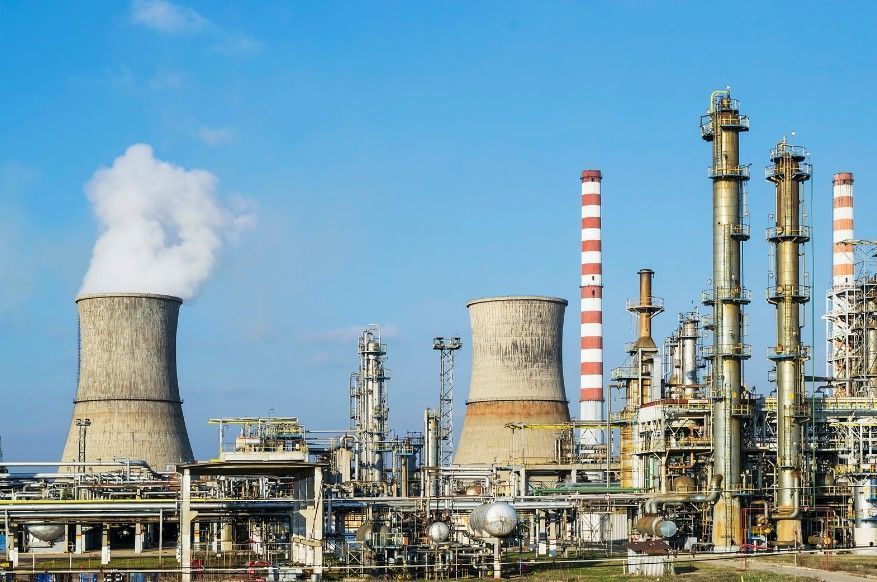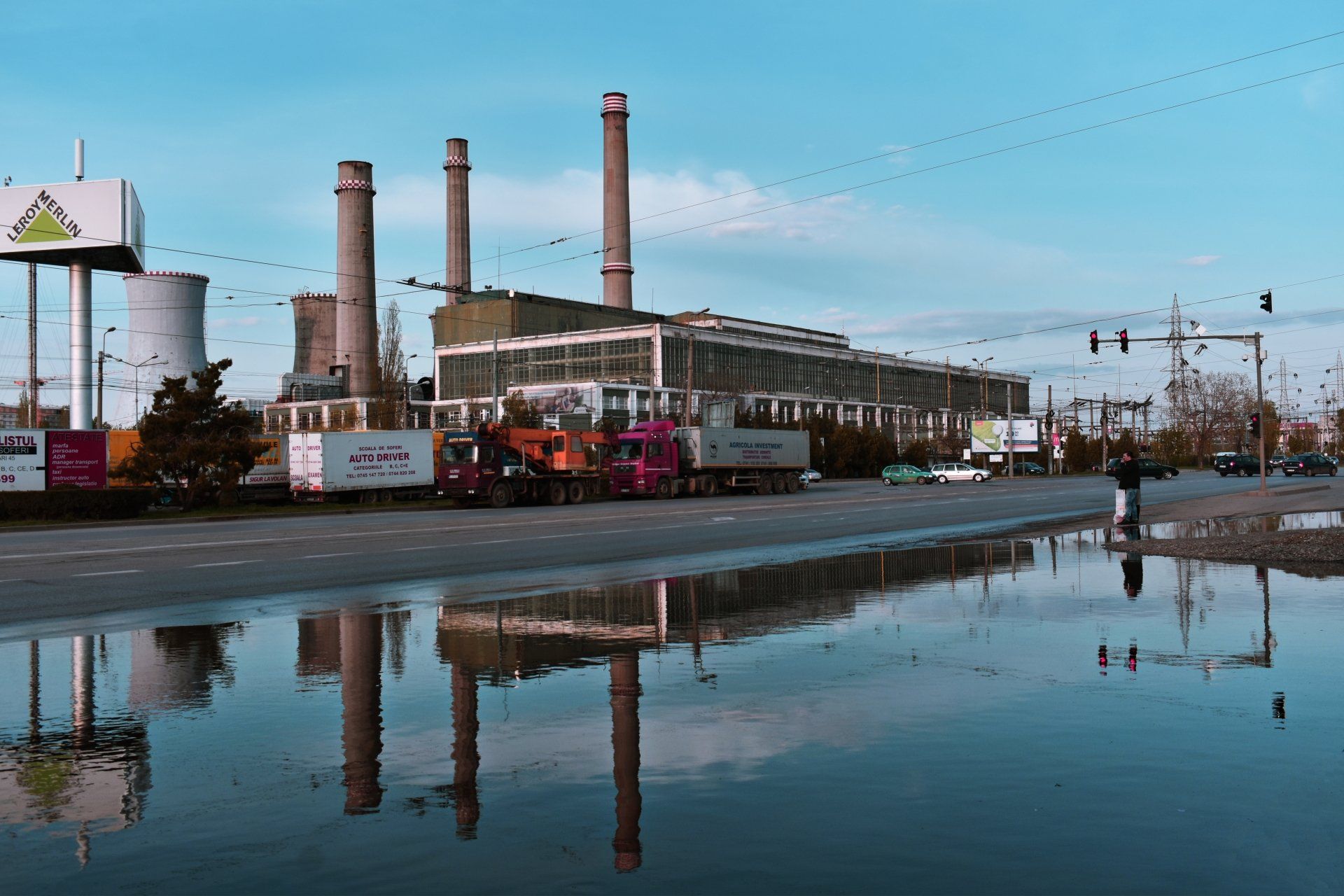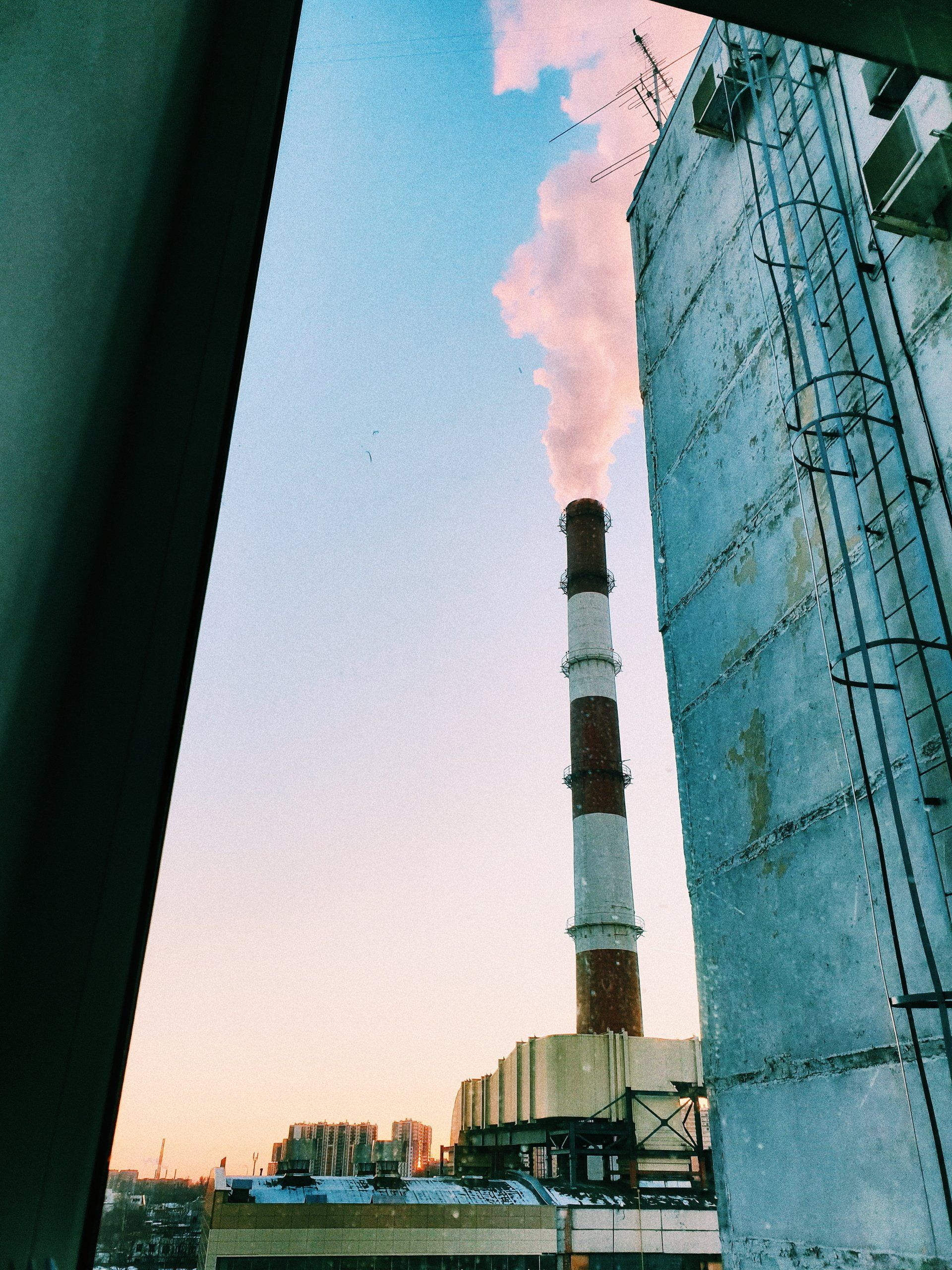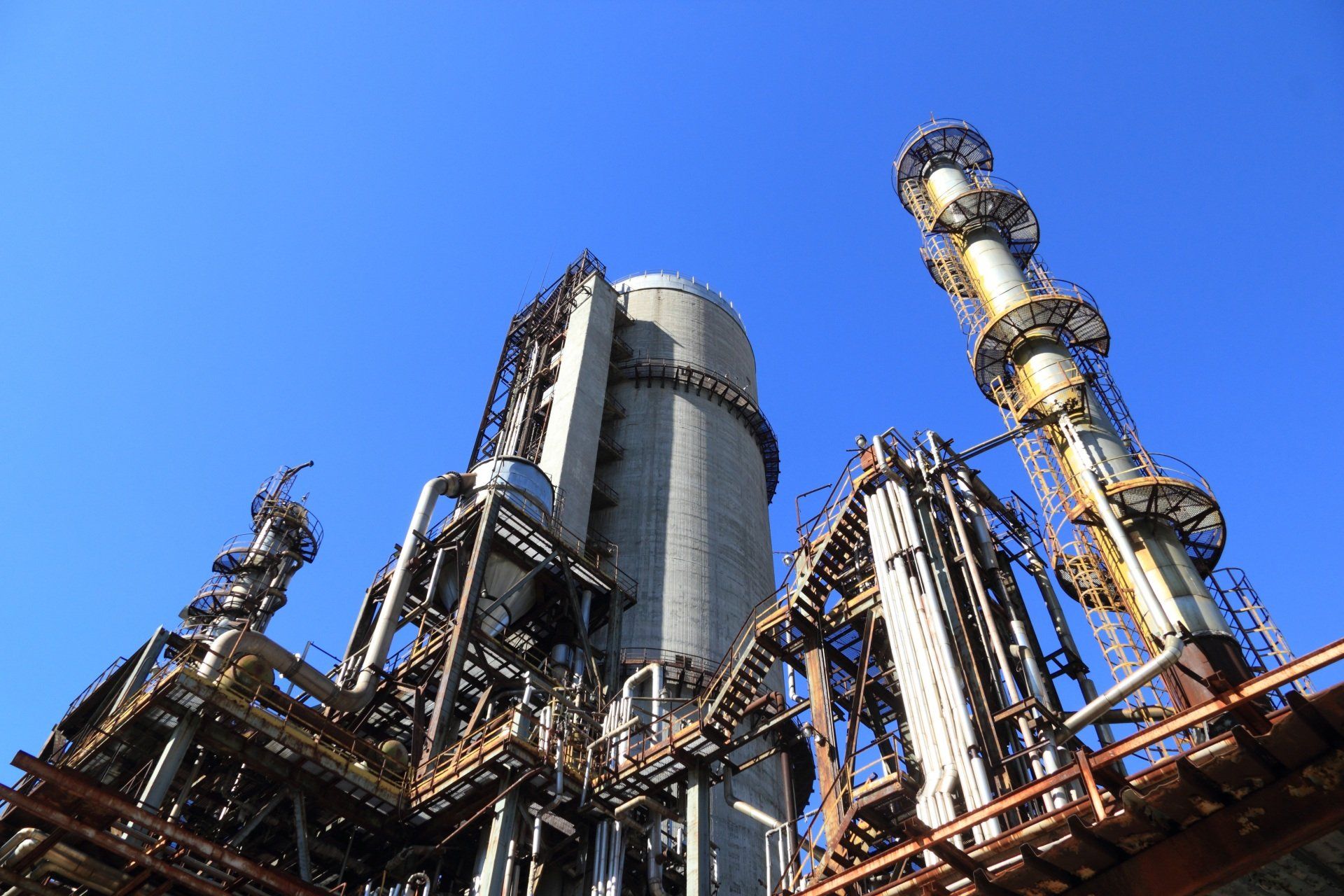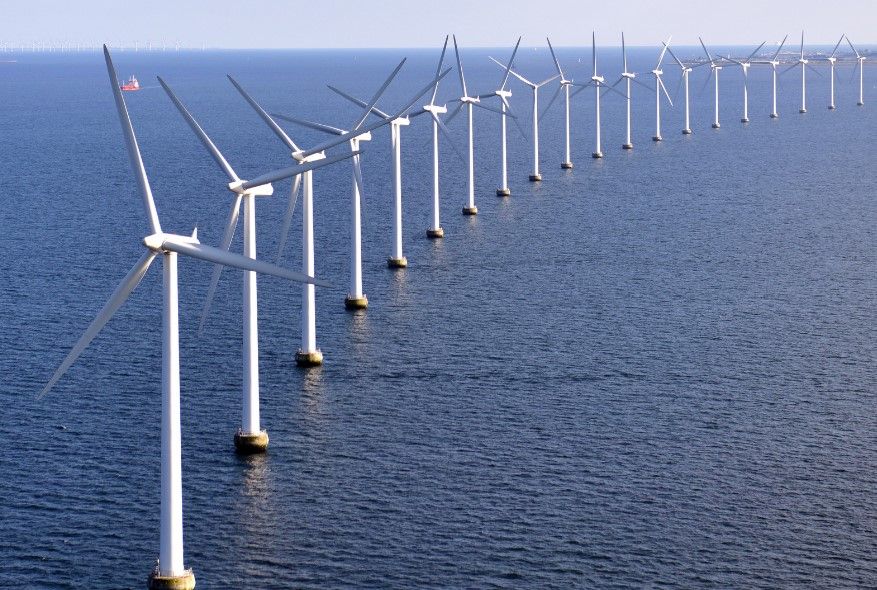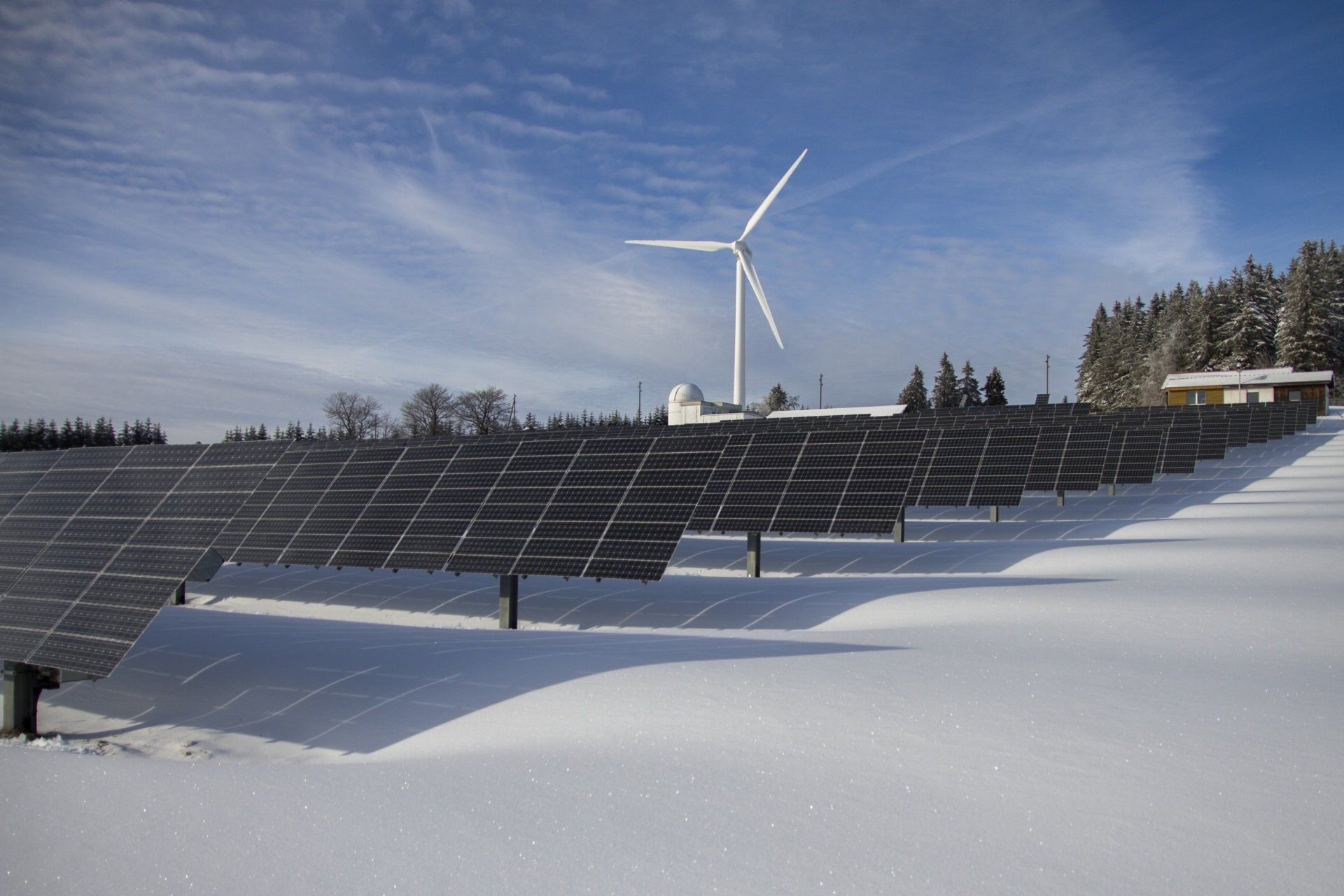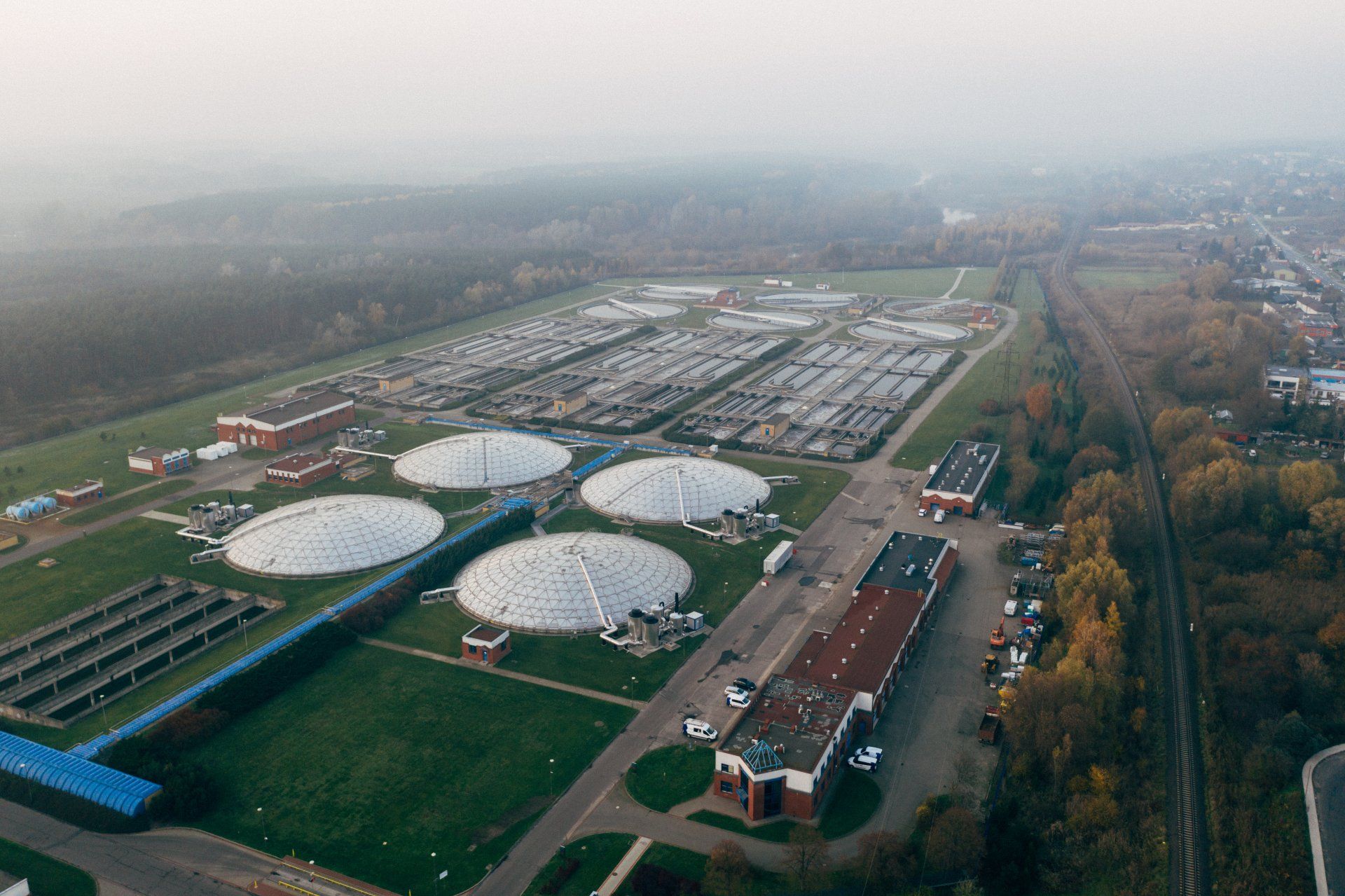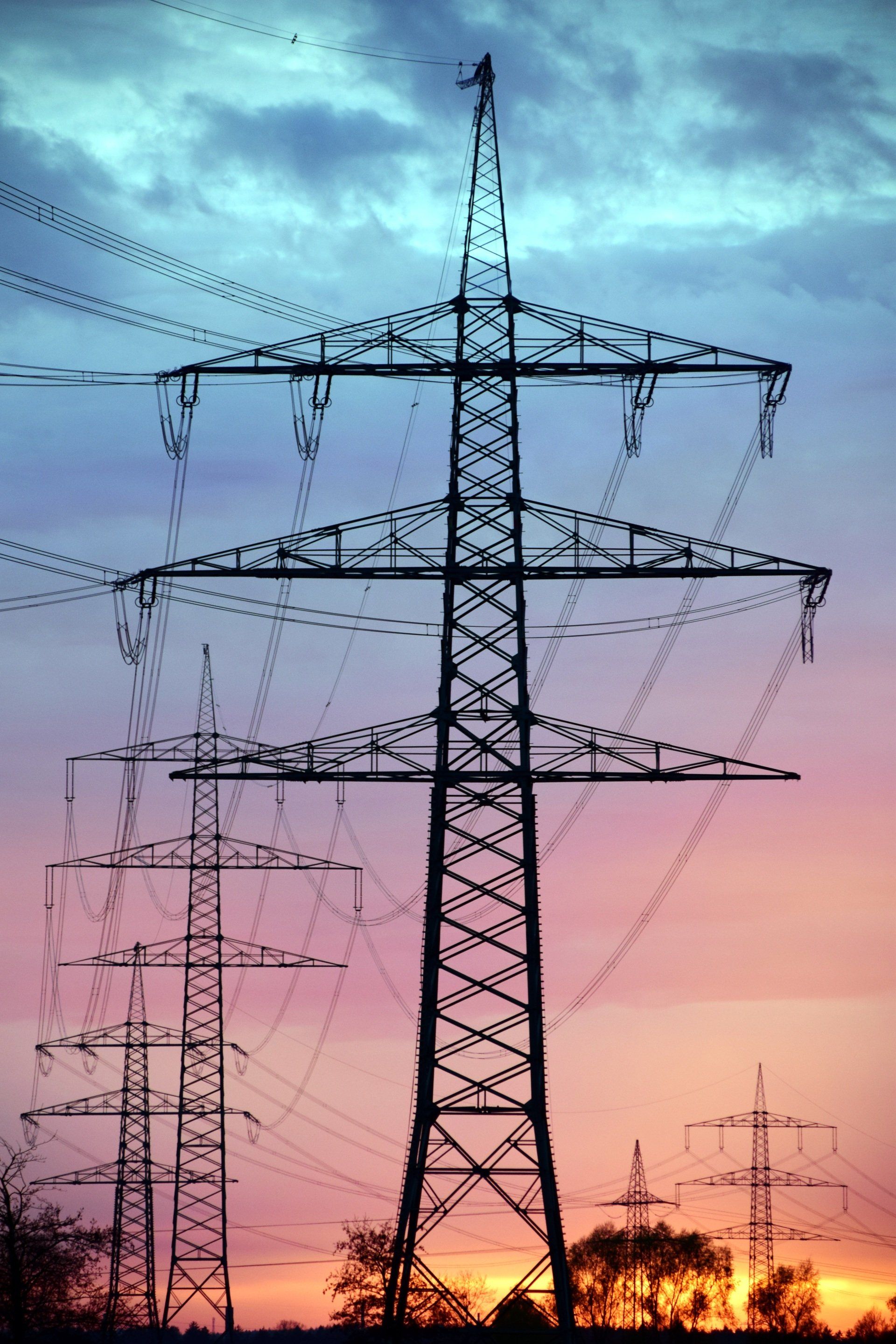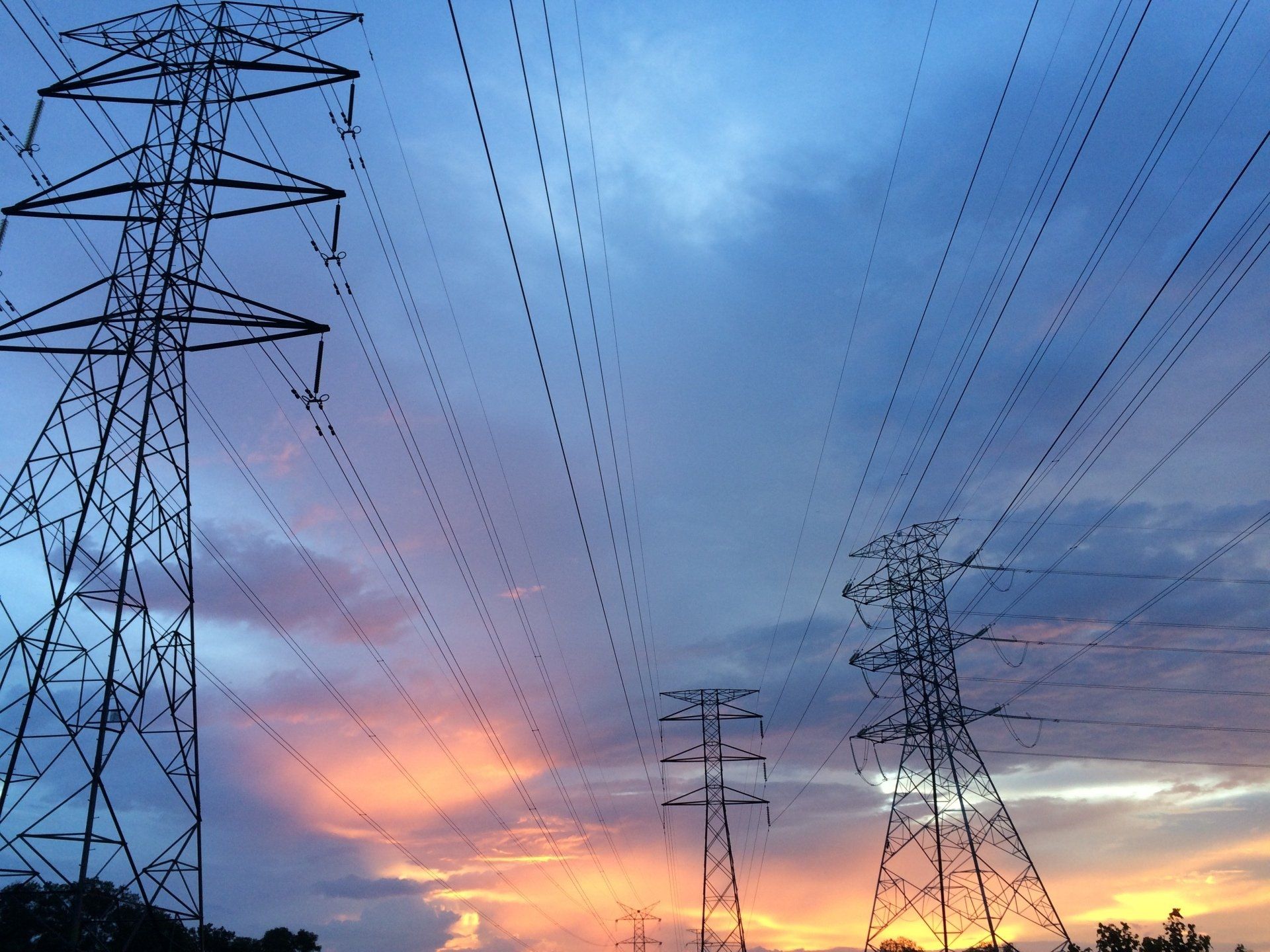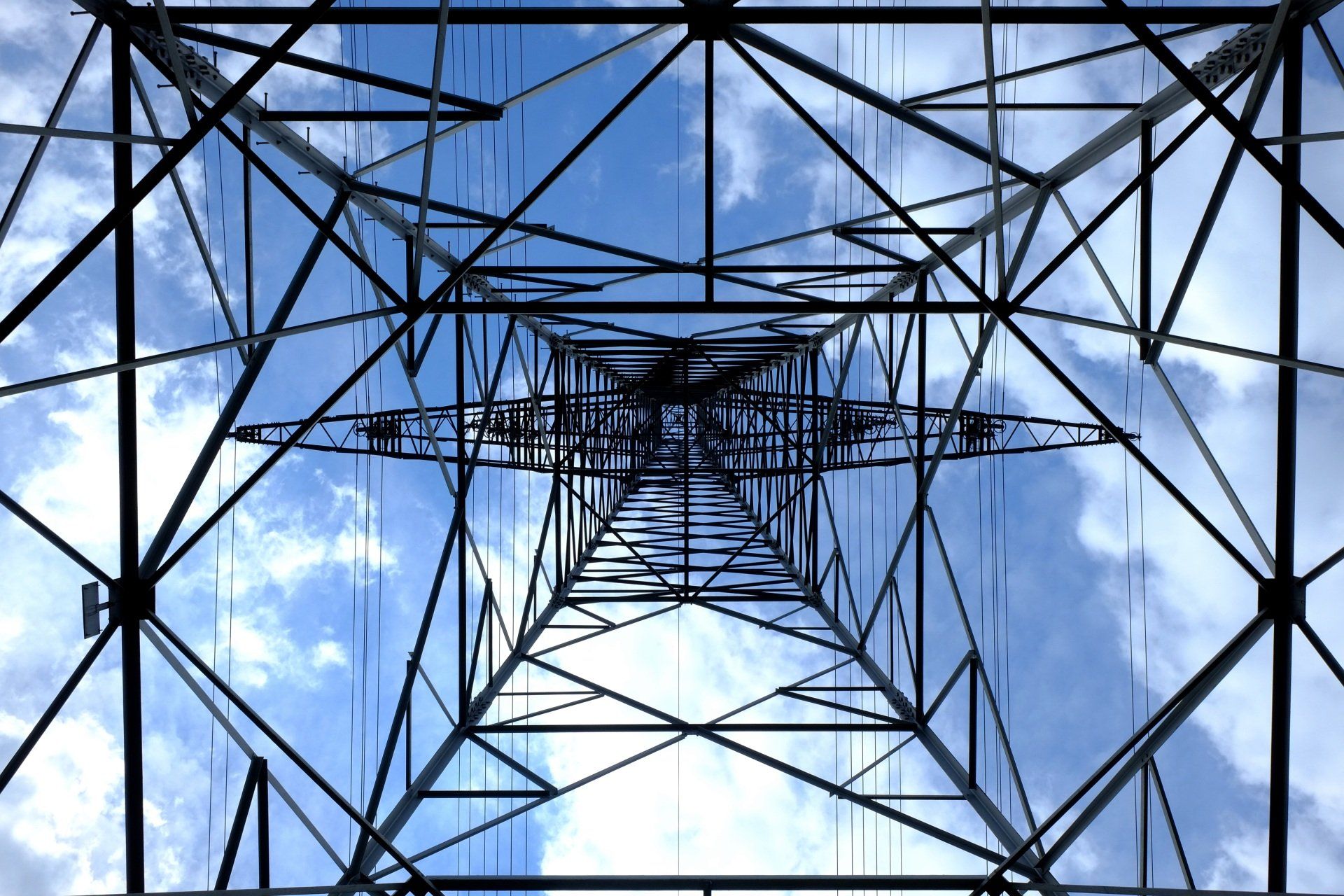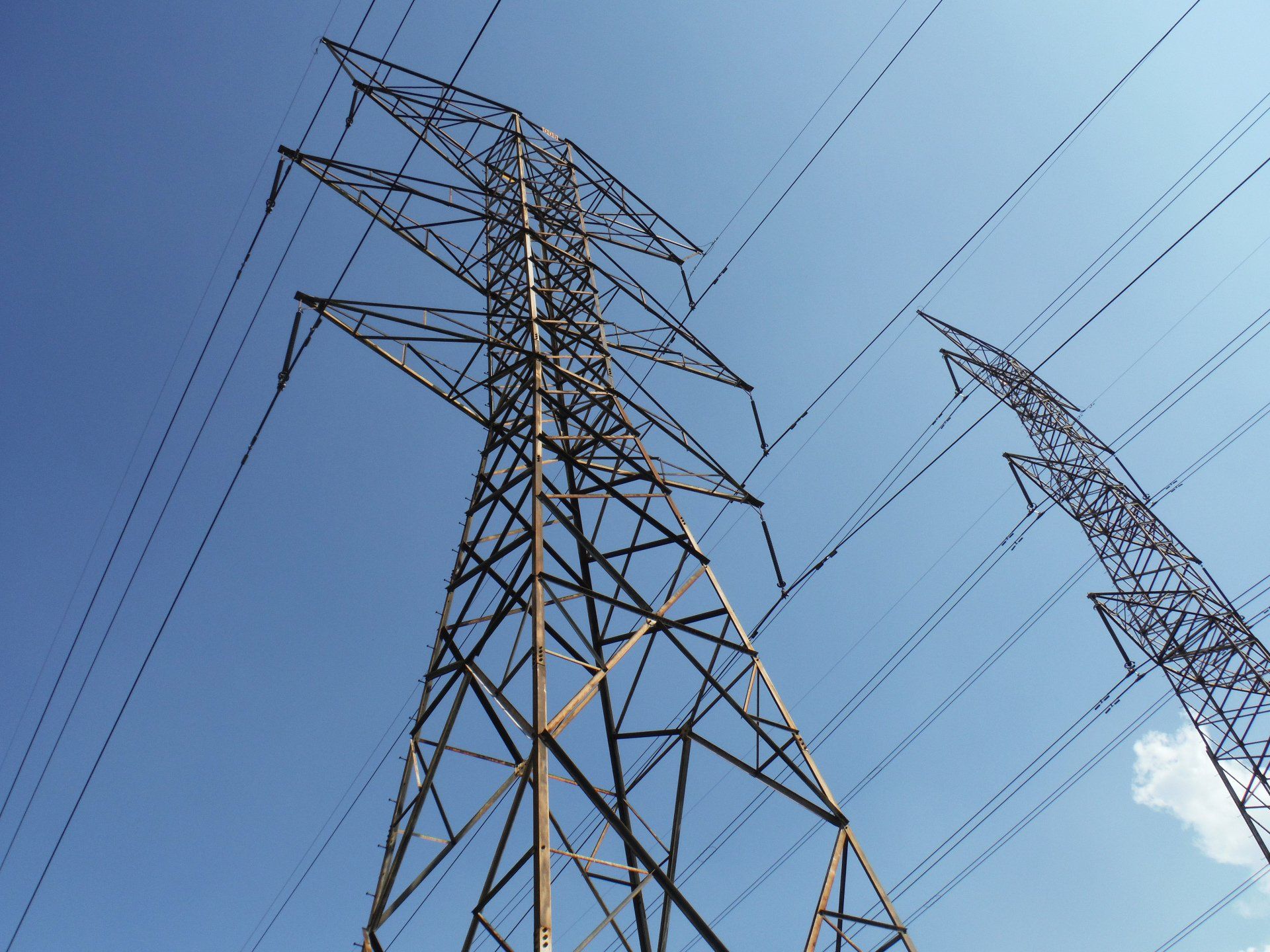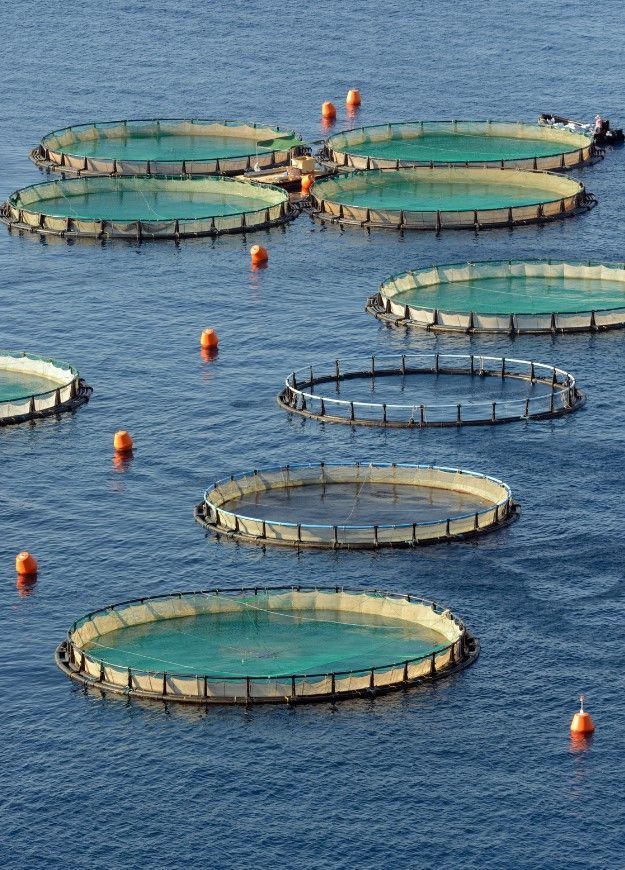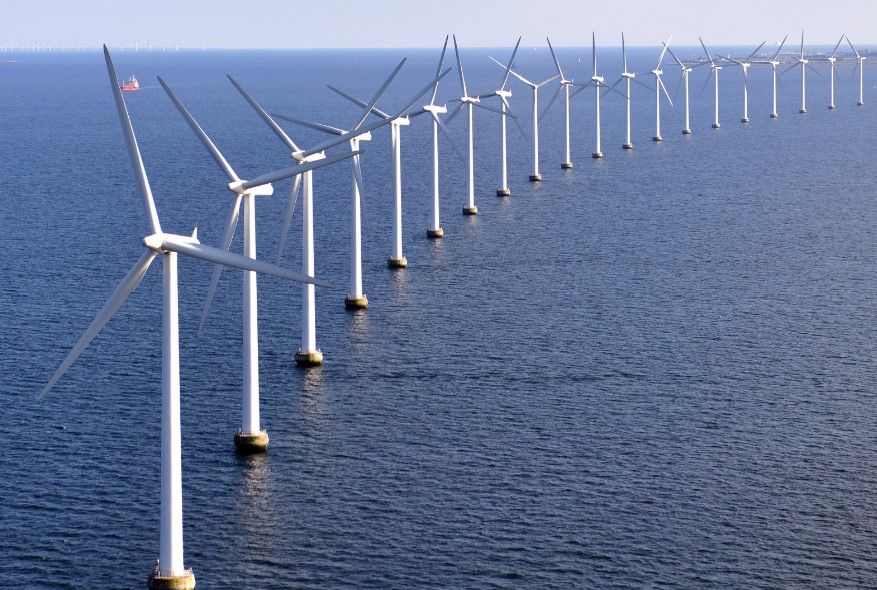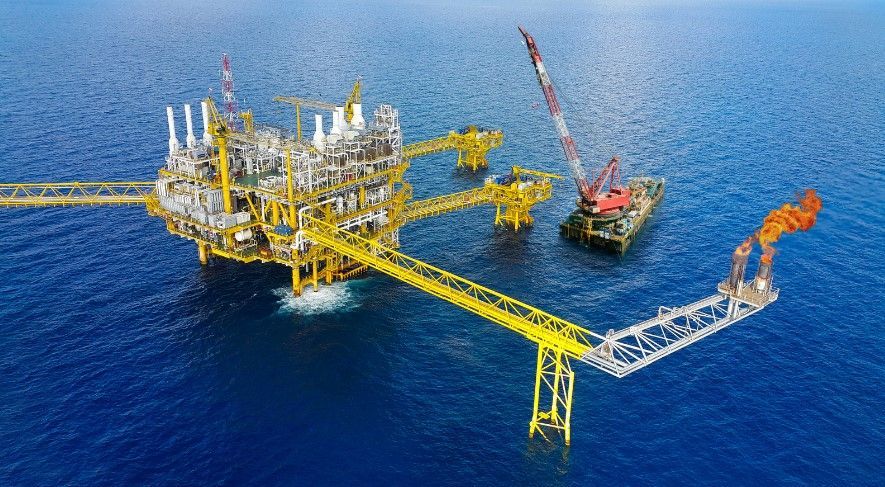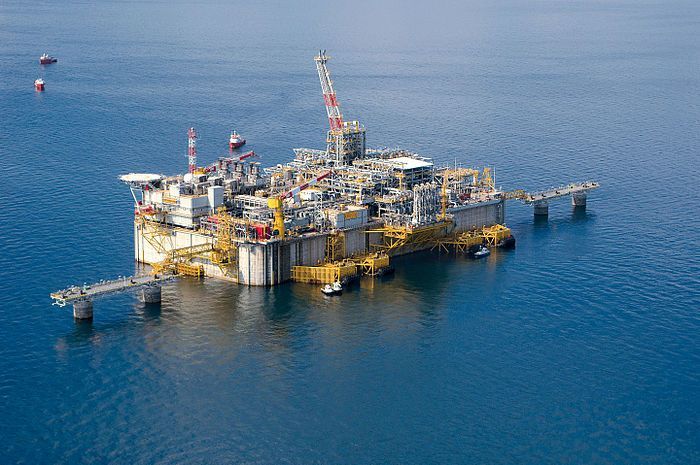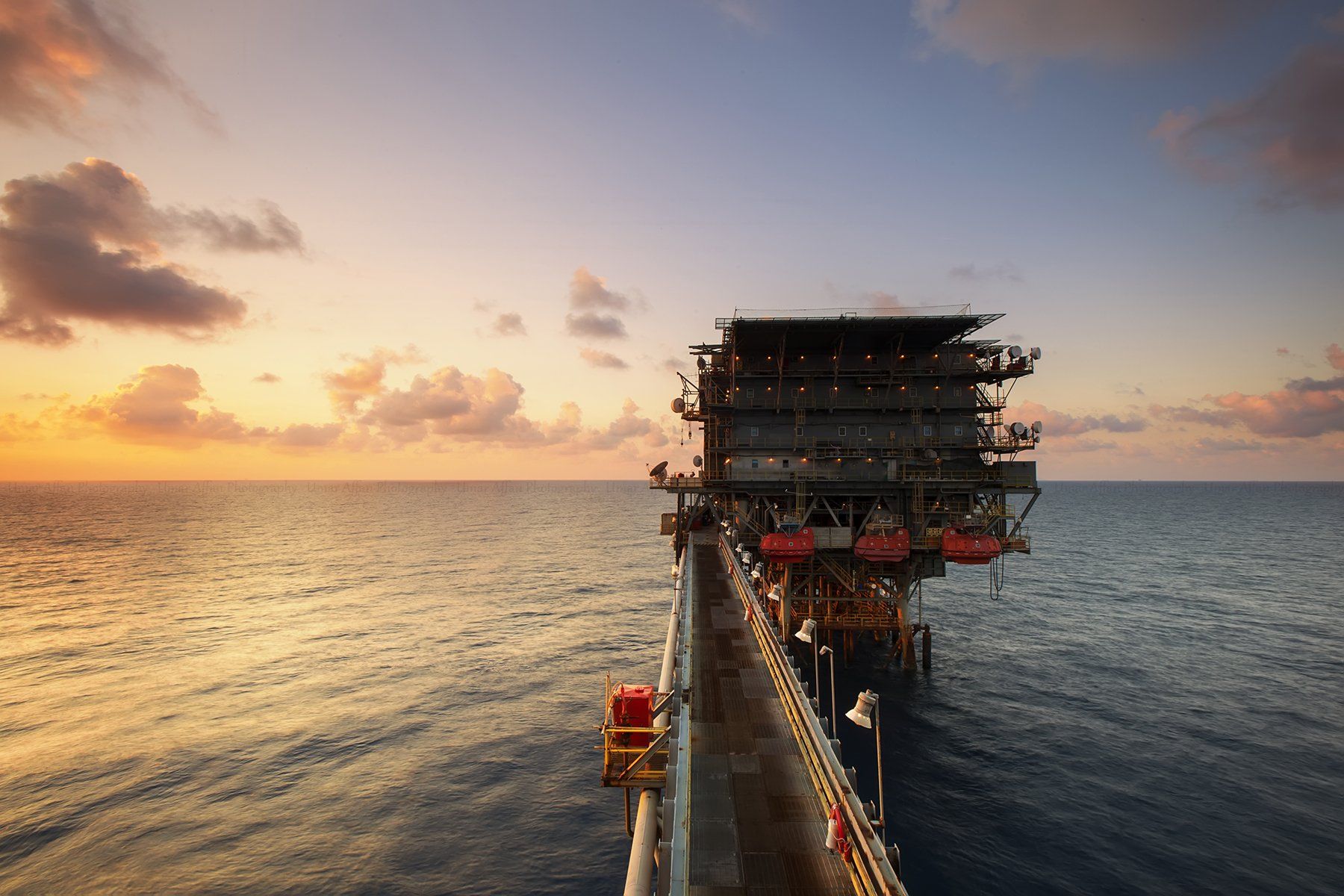Commissioning in the
Oil & Gas Industry
We are your #1 Resources & Completion System in Oil & Gas
Our expertise in engineering, procurement, construction, and project management enables us to deliver complex oil & gas projects on time and within budget.
Our project managers and experienced technicians are highly skilled and trained to know the key strategies for success in the oil and gas industry. With the industry's constant fluctuations, we seek ways to optimize your operations and reduce costs.
Pairing our teams with the use of our commissioning and completions system, WinPCS, can enhance project efficiency and success. Our strategy helps to ensure that projects are completed on time, on budget, and to the desired quality level. By using this system, project managers can track progress, identify potential problems, and ensure that all tasks are completed in a timely and efficient manner.
We specialize in refineries, drilling platforms, pipelines, and offshore installations. These projects require a high level of precision and attention to detail, and the use of our commissioning and completions system can help to minimize errors and delays. By outsourcing project management and utilizing our in house commissioning and completions system, companies can improve project outcomes, reduce costs, and increase their overall competitiveness in the industry.
From BOD to Handover, we have you covered
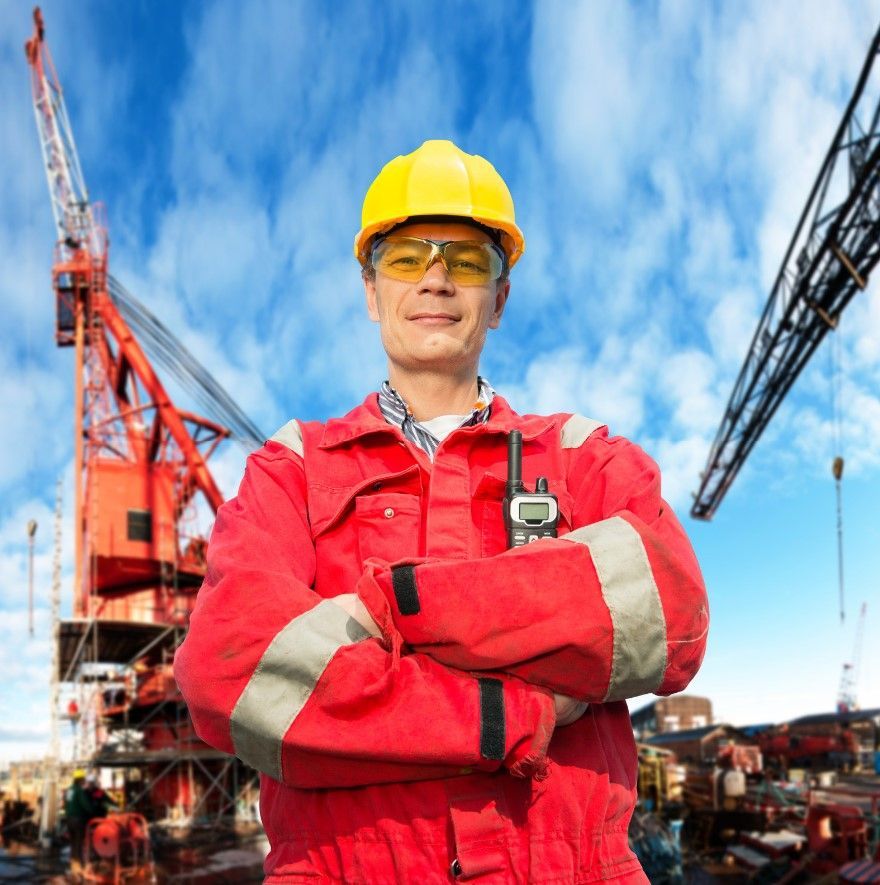
The construction, commissioning, and turnover of a refinery project requires extensive planning, collaboration, and attention to detail to ensure a successful project outcome.
The construction, commissioning, and operation of a drilling platform requires extensive planning, collaboration, and attention to detail to ensure a safe and successful project outcome.
involves the use of specialized equipment, technologies, and techniques to ensure that the pipeline is constructed to the required specifications and standards.
The construction and operation of offshore installations requires extensive planning, collaboration, and attention to detail to ensure a safe and successful project outcome.
Refineries
If you want your power plant project to be successful, then there is no better combination than our resources and commissioning and completions system. Our resources are unparalleled, with a team of highly skilled professionals who have years of experience in the industry. They have the expertise to handle any challenge that may arise during the project, ensuring that it is completed on time and within budget.
Our commissioning and completions system is also the best in the industry. We use a systematic approach that ensures that every aspect of the project is thoroughly tested and checked before it is deemed complete. This helps to identify any potential issues early on, reducing the risk of costly delays or failures later on.
By choosing our resources and commissioning and completions system, you are choosing the best of the best. You can rest assured that your power plant project will be completed to the highest standards, with minimal risk and maximum efficiency. Don't settle for anything less than the best, choose our resources and commissioning and completions system for your power plant project today.
The stages involved in building a power plant can vary depending on the type of plant being constructed, its size, location, and other factors. However, in general, the following are the stages involved in building a power plant:
- Planning and Feasibility: This is the initial stage where the project is conceptualized, and a feasibility study is conducted to determine if the project is economically viable and environmentally sustainable.
- Site Selection: The next stage is to identify and acquire the appropriate land for the power plant. The site must meet several criteria, including proximity to fuel sources, transmission lines, and water sources.
- Design and Engineering: In this stage, the detailed design and engineering plans are developed. The design must be tailored to meet the specific requirements of the site and ensure optimal efficiency and safety.
- Procurement: This stage involves the acquisition of materials, equipment, and services needed for the construction of the power plant.
- Construction: The actual construction of the power plant begins at this stage. It involves site preparation, civil works, installation of equipment, and the construction of structures.
- Commissioning and Testing: Once construction is complete, the power plant must be commissioned and tested to ensure that it operates as intended. This involves a series of tests to check the safety, performance, and reliability of the plant.
- Operations and Maintenance: This is the final stage, which involves the ongoing operation and maintenance of the power plant. It includes regular maintenance, repairs, and upgrades to ensure that the plant continues to operate safely and efficiently throughout its lifespan.
Each of these stages is critical to the successful construction and operation of a power plant.
Drilling Platforms
At Complan, we have extensive experience in renewable energy projects, having successfully completed numerous projects across various industries. Our team comprises highly skilled professionals who have the expertise to deliver tailored solutions to meet your specific project requirements. Our commissioning and completions system is designed to ensure that your project is completed on time, within budget, and to the highest quality standards. By utilizing our resources and commissioning and completions system, you can be assured that your renewable energy project will be in safe hands, and we will work with you every step of the way to ensure that your project is a success. With our experience and expertise, we are confident that we can deliver the results you need, and we look forward to working with you to achieve your renewable energy goals.
Complan's Project Management and
Commissioning and Completions Strategy can help with the following stages, no matter what stage you're at:
- Assessment: The first stage in building a renewable energy infrastructure is to assess the energy needs and resources of the area. This involves analyzing the current energy consumption patterns and identifying the potential sources of renewable energy such as solar, wind, hydro, geothermal, and biomass.
- Planning: Once the assessment is completed, a plan needs to be developed for the renewable energy infrastructure. This includes determining the size and capacity of the renewable energy sources needed to meet the energy demand, as well as the most suitable location for installation of the infrastructure.
- Financing: Building a renewable energy infrastructure can be a significant investment. Therefore, securing financing is an essential stage in the process. Financing can be sourced from various sources such as government funding, private investors, or through crowdfunding.
- Design: Once the financing is secured, the design of the renewable energy infrastructure needs to be finalized. This includes the selection of equipment, such as solar panels, wind turbines, and other components, as well as the design of the transmission and distribution infrastructure.
- Construction: The construction stage involves the physical installation of the renewable energy infrastructure. This includes site preparation, equipment installation, and the construction of transmission and distribution infrastructure.
- Testing: After the construction stage, the renewable energy infrastructure needs to be tested for its performance and reliability. This ensures that the infrastructure meets the energy needs of the area and operates efficiently.
- Operation and Maintenance: The final stage in building a renewable energy infrastructure is the operation and maintenance of the infrastructure. This includes regular maintenance, monitoring of energy output, and upgrading the infrastructure as necessary to improve its performance and efficiency.
Overall, building a renewable energy infrastructure requires a comprehensive approach, involving multiple stages and stakeholders. Each stage is crucial to the success of the project and requires careful planning and execution.
Pipelines
Our experience in transmission and distribution infrastructure projects is unmatched. We have a team of experts with years of experience in delivering successful projects across a range of sectors. We understand the unique challenges involved in transmission and distribution infrastructure projects, and we have the knowledge and skills to overcome them. Our resources are state-of-the-art, and we use the latest technology to ensure that every aspect of the project is completed to the highest standard. Our commissioning and completions system is proven to be effective, ensuring that every project is completed on time and within budget. If you want a partner you can trust for your transmission and distribution infrastructure projects, then you should choose us. Our experience, resources, and systems will ensure that your project is a success.
The construction of transmission and distribution infrastructures involve several stages, each of which is critical to the successful completion of the project. Some of the main stages involved where utilizing our resources play a major part in successful construction:
- Planning and feasibility study: This stage involves assessing the need for the infrastructure, identifying potential routes and locations, and evaluating the costs and benefits of different options.
- Design and engineering: Once the feasibility study is complete, the next stage involves detailed design and engineering of the infrastructure, including specifications for the materials and equipment that will be needed.
- Permitting and regulatory approvals: Before construction can begin, the project must obtain the necessary permits and regulatory approvals from local and state authorities.
- Land acquisition and right-of-way: If new land needs to be acquired for the infrastructure, this stage involves negotiating with landowners and securing the necessary rights-of-way.
- Construction: This stage involves building the transmission and distribution lines and associated infrastructure, such as substations, transformers, and switchgear.
- Testing and commissioning: Once construction is complete, the infrastructure must be thoroughly tested to ensure that it meets design specifications and is operating safely and reliably.
- Operations and maintenance: After the infrastructure is commissioned, ongoing operations and maintenance activities are necessary to ensure that the infrastructure remains in good working order and continues to meet the needs of the community it serves.
Overall, transmission and distribution infrastructures require extensive planning, collaboration, and attention to detail to ensure a safe and successful project outcome. It also involves the use of specialized equipment, technologies, and techniques to ensure that the project is constructed to the required specifications and standards.
Offshore Installations
The construction of offshore installations, such as oil and gas platforms or wind turbines, typically involves several stages, each of which is critical to the successful completion of the project. Here are some of the main stages involved in offshore installation:
- Planning and Design: This stage involves defining the scope of the project, selecting the best site, and developing a detailed design for the offshore installation. It includes a feasibility study, environmental and regulatory assessments, engineering design, and material selection.
- Fabrication: This stage involves constructing the offshore installation's physical infrastructure, which includes building the steel structure, the drilling or wind turbine equipment, and the living quarters for the crew. Fabrication may take place in a shipyard or on location near the installation site.
- Transportation and Installation: This stage involves transporting the offshore installation to its final location and installing it on the seabed. The installation process can involve the use of heavy-lift vessels, cranes, and other specialized equipment.
- Commissioning: This stage involves testing and verifying the functionality of all systems and equipment on the offshore installation, including the drilling or wind turbine equipment, power generation and distribution systems, and safety equipment. The commissioning process may include functional testing, performance testing, and safety testing.
- Start-Up: This stage involves the initial operation of the offshore installation, with the goal of achieving normal operating conditions. During this stage, the drilling or wind turbine equipment is started up, and the crew moves in and begins working on the offshore installation.
- Maintenance and Operation: This stage involves the ongoing operation and maintenance of the offshore installation, with the goal of maximizing the production of hydrocarbons or electricity from the wind turbine. This includes regular inspections, maintenance and repairs, and equipment upgrades or replacements as needed.
Overall, the construction and operation of offshore installations requires extensive planning, collaboration, and attention to detail to ensure a safe and successful project outcome. It also involves the use of specialized equipment, technologies, and techniques to ensure that the installation is constructed to the required specifications and standards.
Let’s talk about your project
If you are looking for a project management solution that can help you manage your industrial construction project more efficiently, we are here to help.
Contact us today to learn more about our project management solutions, including our flexible team approach and project consultancy services, and how we can provide you with the expertise and resources to achieve project success.
Fill in the form or call to set up a meeting at
(281) 957-5777.
